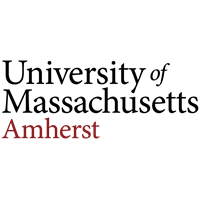Below is a summary of the abstract you submitted. Presenting author(s) is shown in bold.
If any changes need to be made, you can modify the abstract or change the authors.
You can also download a .docx version of this abstract.
If there are any problems, please email Dan at dar78@pitt.edu and he'll take care of them!
This abstract was last modified on March 16, 2021 at 5:33 p.m..

The SEA-PHAGES program at the University of Massachusetts Amherst sought to find undiscovered bacteriophages in the Amherst area to characterize and add to the PhagesDB database. The three phages we chose to highlight were collected from soil samples around campus and were successfully isolated using Microbacterium foliorum. FrankAM and TarakaPM were found in the compost pile at Franklin Dining Commons while Underduck was found in soil from next to the campus pond. All three phages were discovered to be part of the siphoviridae family using electron microscopy. Both FrankAM and TatarkaPM were found to have the same genome sequence despite being collected separately. TatarkaPM was annotated using PECAAN, BLAST, HHPred, and Phamerator. TatarkaPM is in cluster EA1 with a genome that is 41,813 bp long and contains sixty three genes, twenty nine of which were assigned a function. By comparing many bacteriophages found in Amherst, we hope to create a repertoire of genomes that can help build our understanding of the mechanisms behind how they function.
